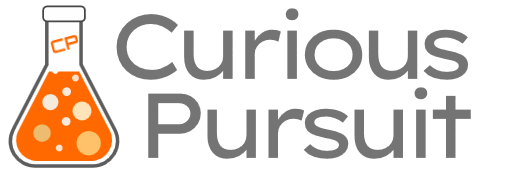If you are interested in some tools to help you implement the ideas in this article and associated book by joining our mailing list.
I once left a high paying job merely to escape from my direct boss. It was a good job and I was leading a team I loved, but none of that was worth working for this person. Others on the team joined me out the door over the next few months. That’s the impact of poor leadership and my experience is that the impact is heightened when leading technical teams.
I enjoy leading teams of smart, capable people. I’ve also made plenty of mistakes that slowed team progress and project completion.
My work and capability took a big leap forward when I read the book “Becoming a Technical Leader” by Gerald Weinberg.
“Becoming a Technical Leader” is the rare type of book that has become more relevant over the years. Written over 30 years ago, its importance has only increased for a number of reasons. Here are two …
First, the world and workplace is becoming more technical. There are, today, more people who spend their work lives in or managing technical jobs. More and more people need to learn the specific skills related to managing the technical worker, understanding that the distinction is important. In this book, Weinberg lays out a problem-solving approach that is both simple and effective.
Second, as technical work has increased the “real” distance between leaders and reports has also increased. The advance of important and effective tools such as Slack, Jira, and others has made us more productive but also more silo’d in our individual cubicles, offices, or local coffee shop. Weinberg rightly emphasizes the need to focus not just on the technical aspects of managing the work, but also put real emphasis on motivating and supporting workers. This is not something that every technical worker finds easy to understand or implement.
Models
Weinberg’s book delivers two primary models for tackling the challenge of managing technical work and workers.
Leadership Model
The first model is his M-O-I leadership model where the acronym stands for Motivation – Organization – Innovation. Of these three, he emphasized the importance of the leader focusing on Innovation first and foremost … but I’ll get to that in a minute.
Motivation: Weinberg views power within a technical team as being based solely on relationships. By this he means that we only have power or influence based on what we can provide to others in the team or organization that is both helpful and unique.
As an example, a green programmer has no real power from a technical standpoint when newly appointed to a highly skilled team of developers. She might bring cross-functional insight and influence, but will stand little chance of changing the technical direction of the work. A seasoned and talented developer on the other hand will have great power over code base decisions in the team but may have no ability to set team objectives or product goals if he has poor communication or relationship skills.
Organization: The ability to organize the team and work for greatest effect is a critical tool in a leader’s arsenal. Specifically, the concept of “power conversion” in this book is a lens into how the leader can generate incredible results through knowing and leveraging organizational assets and information.
Innovation: Again, the most important aspect of the leadership model is Innovation. The technical worker is employed to innovate, finding ways to drive greater benefit for the organization through technical applications. Ideas are paramount as it is only through ideas that the technical worker can prove value.
The leader must make a difficult and critical change in their approach to work in the move from technical worker to technical leader. Where once she relied on her own ideas to prove value, she must shift focus to nurturing and championing the ideas of others. The truly skilled technical leader becomes an idea incubator instead of being a solo idea factory.
Problem-Solving Approach
The second model is Weinberg’s Organic Problem-Solving Approach and it is as effective as it is simple.
Step 1 – Understand the Problem. Minuscule differences in problem definition will, at times, be the key between successfully solving a problem or not. Spending time to really understand and define what is actually at issue will prove invaluable. For tips on accomplishing this, read the instructions above to get the promised resources.
Step 2 – Managing the Flow of Ideas. There are myriad methods of generating and managing ideas. Weinberg again offers a simple structure and set of ideas to help the leader navigate this potentially tricky enterprise of settling on the best ideas.
Step 3 – Controlling the Quality. Many factors come into play when driving for solutions that deliver the expected value while also maintaining the overall quality of the delivered product or service. Weinberg’s tips and ideas prove a reliable and effective way to approach ongoing quality.
Transformation
Weinberg finished this book with thoughts around transforming oneself into a skilled technical leader. One of the sections is entitled “How You Will Be Graded as a Leader” and is a bit of a gut punch for those thinking technical skill will translate to the ability to lead. I believe his idea of “multiplicative grading” is dead on and it’s scary to contemplate.
In short, it is not good enough to be a good motivator, an average innovator, and decent organizer. The truly effective technical leader MUST score high in all areas if she is to be seen as valuable to the team and organization.
This book can help you get there.
